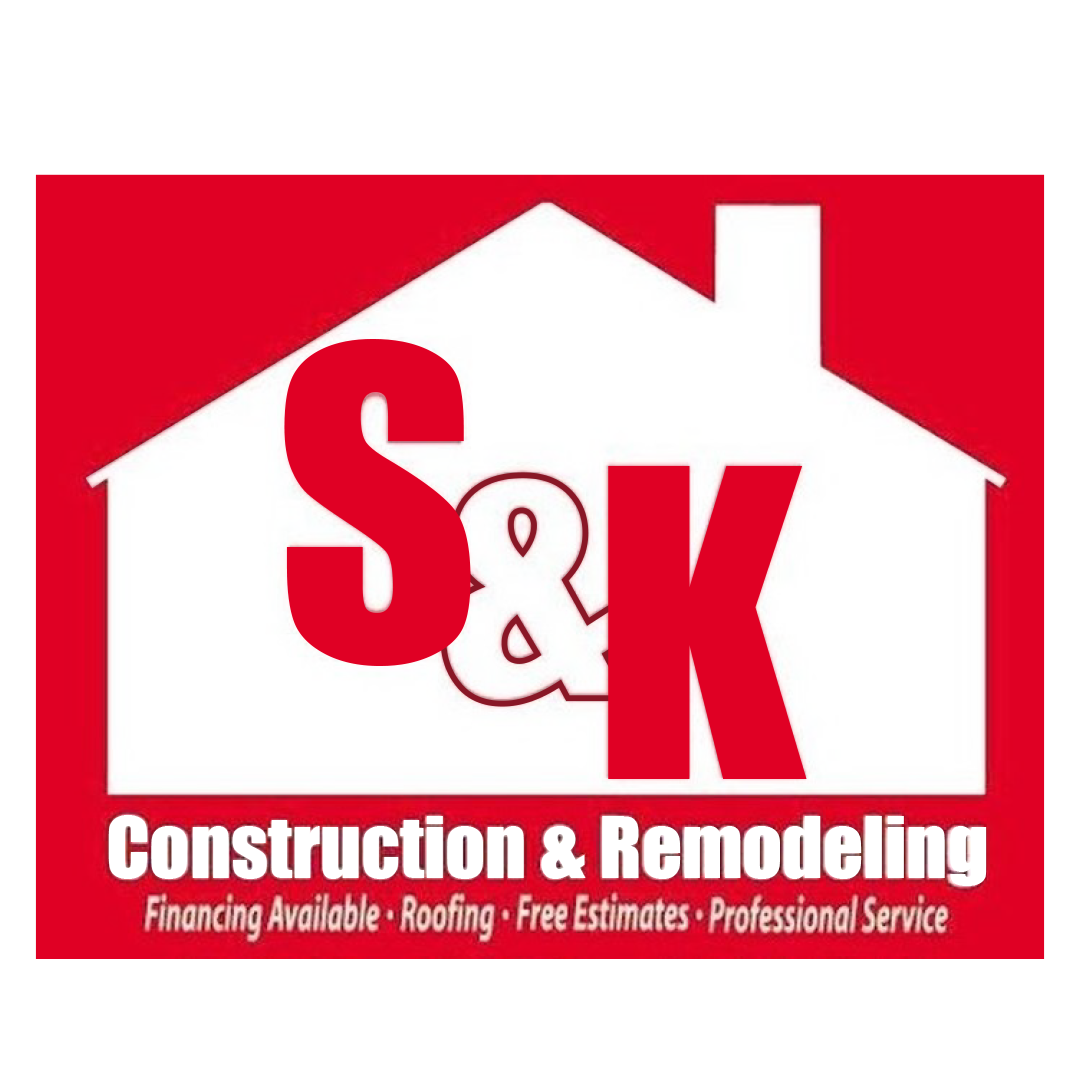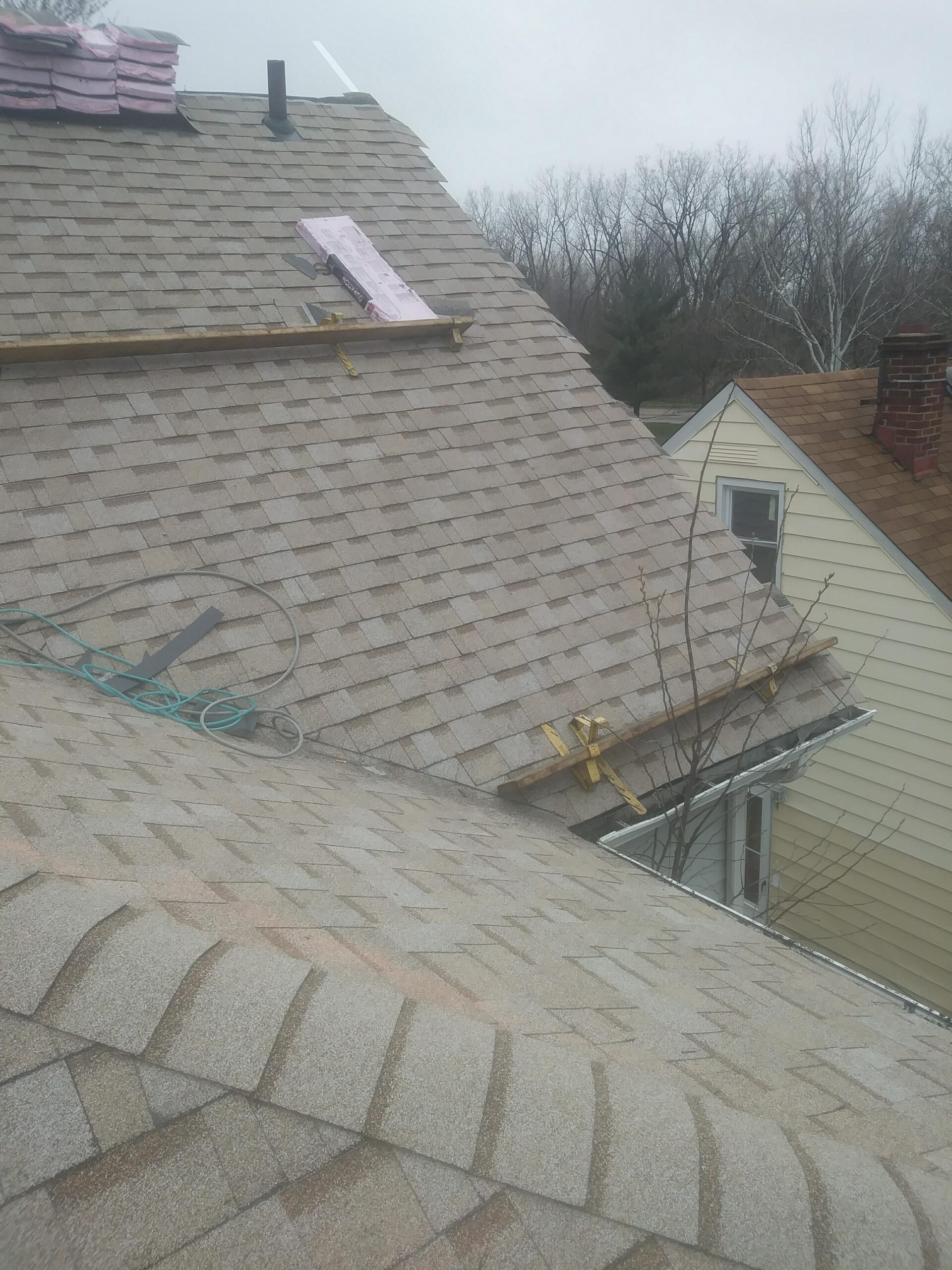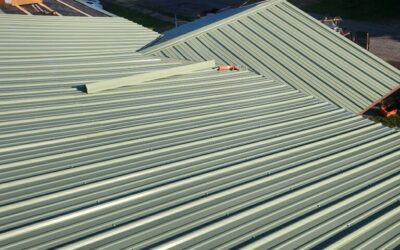Understanding the Minimum Slope Requirements for Metal Roofing
Metal roofing has gained significant popularity among homeowners and commercial property owners due to its durability, energy efficiency, and aesthetic appeal. However, one critical aspect that often goes overlooked is the minimum slope requirement for metal roofs. Ensuring the correct slope is vital for the longevity and performance of your roofing system.
What Is Roof Slope?
The roof slope, or pitch, refers to the angle at which a roof rises from its lowest to highest point. It’s typically expressed as a ratio of vertical rise to horizontal run, such as 3:12, meaning the roof rises 3 inches for every 12 inches of horizontal distance. The slope plays a crucial role in water drainage, snow shedding, and overall roof performance. (Understanding The Minimum Slope For Metal Roof Projects (2025), What Is the Minimum Slope for a Metal Roof? – Today’s Homeowner)
Why Minimum Slope Matters for Metal Roofs
Metal roofs are known for their ability to shed water efficiently. However, if the slope is too shallow, water can pool on the surface, leading to potential leaks, corrosion, and structural damage. Adhering to the minimum slope requirements ensures that water drains properly, maintaining the roof’s integrity over time. (What Is the Minimum Slope for a Metal Roof? – Today’s Homeowner)
Minimum Slope Requirements Based on Metal Roofing Types
Different metal roofing systems have varying minimum slope requirements:
1. Standing Seam Metal Roofs
Standing seam roofs feature vertical panels with interlocking seams. (Low Slope Metal Roof: Which Panels Are Best For A Low Pitch?)
- Mechanically Seamed Panels: These can be installed on roofs with slopes as low as ¼:12 (2%). (Understanding The Minimum Slope For Metal Roof Projects (2025))
- Snap-Lock Panels: Require a minimum slope of 3:12 (25%) to ensure proper water drainage. (What is the Minimum Slope for a Metal Roof? – Erie Home)
2. Corrugated Metal Roofs
Corrugated panels are characterized by their wavy pattern and are commonly used in agricultural and industrial settings.
- Minimum Slope: Typically, a minimum slope of ½:12 (4%) is required when lap sealants are used. (What is the Minimum Pitch for a Metal Roof?)
3. Stone-Coated Metal Shingles
These mimic the appearance of traditional shingles but offer the benefits of metal roofing.
- Minimum Slope: A slope of 4:12 or steeper is recommended to ensure optimal performance. (What is the Minimum Slope for a Metal Roof? – Erie Home)
Factors Influencing Minimum Slope Requirements
Several factors can affect the minimum slope needed for a metal roof:
1. Climate and Weather Conditions
Regions with heavy rainfall or snow require steeper slopes to facilitate rapid water and snow runoff, preventing accumulation and potential damage. (Understanding The Minimum Slope For Metal Roof Projects (2025))
2. Roof Design and Complexity
Complex roof designs with multiple valleys, dormers, or penetrations may necessitate steeper slopes to ensure effective drainage and minimize leak risks.
3. Building Codes and Regulations
Local building codes may dictate minimum slope requirements for specific roofing materials. Always consult with local authorities or a roofing professional to ensure compliance.
Benefits of Adhering to Minimum Slope Guidelines
- Enhanced Longevity: Proper slope ensures efficient water drainage, reducing the risk of corrosion and extending the roof’s lifespan. (Understanding The Minimum Slope For Metal Roof Projects (2025))
- Improved Energy Efficiency: Correctly sloped roofs can reflect more sunlight, reducing cooling costs during hot seasons. (12 Things to Know About Metal Roofing)
- Reduced Maintenance Costs: Adequate slope minimizes water pooling, decreasing the likelihood of leaks and associated repair costs.
Common Mistakes to Avoid
- Ignoring Manufacturer Guidelines: Always follow the manufacturer’s specifications regarding minimum slope requirements for their products.
- Overlooking Local Building Codes: Ensure your roofing project complies with local regulations to avoid potential legal and safety issues.
- Improper Installation: Even with the correct slope, poor installation can lead to performance issues. Hire experienced professionals to ensure quality workmanship.
Conclusion
Understanding and adhering to the minimum slope requirements for metal roofs is crucial for ensuring their performance, durability, and longevity. By considering factors such as roofing type, climate, and local regulations, you can make informed decisions that protect your investment and provide peace of mind.
If you’re interested in a more detailed guide or have specific questions about metal roofing in your area, feel free to ask!
 (440) 307-2060
(440) 307-2060


